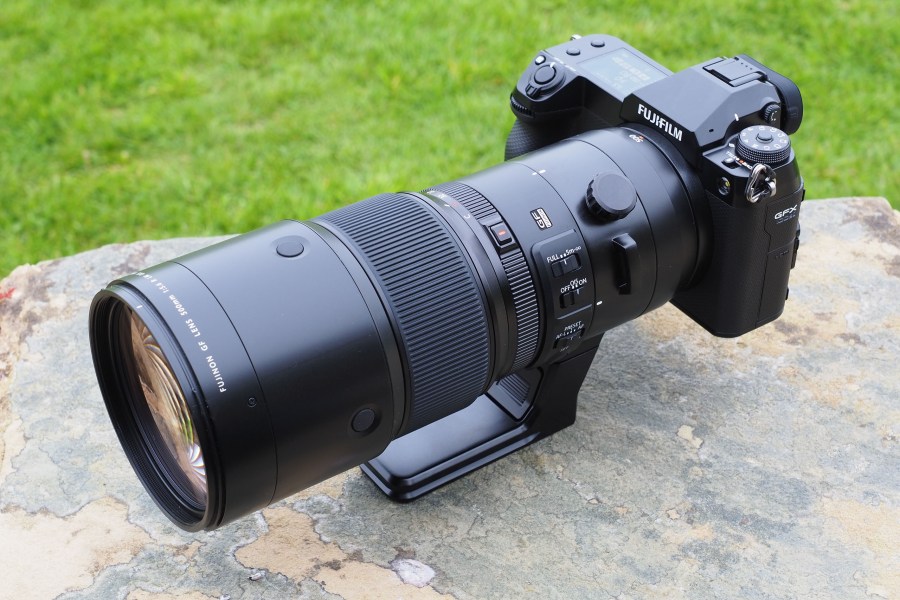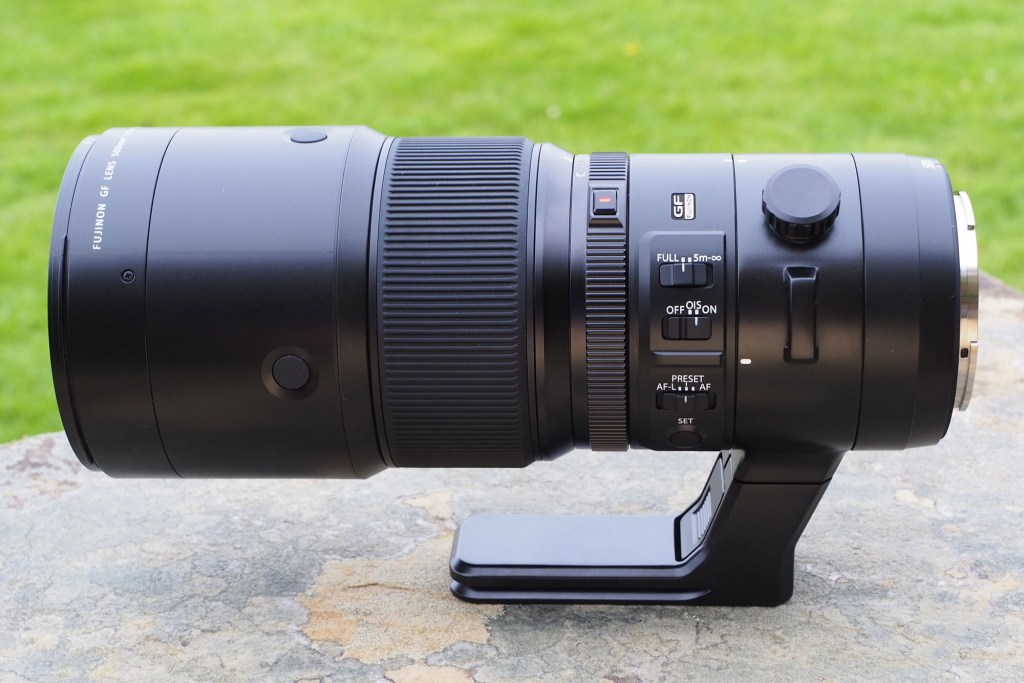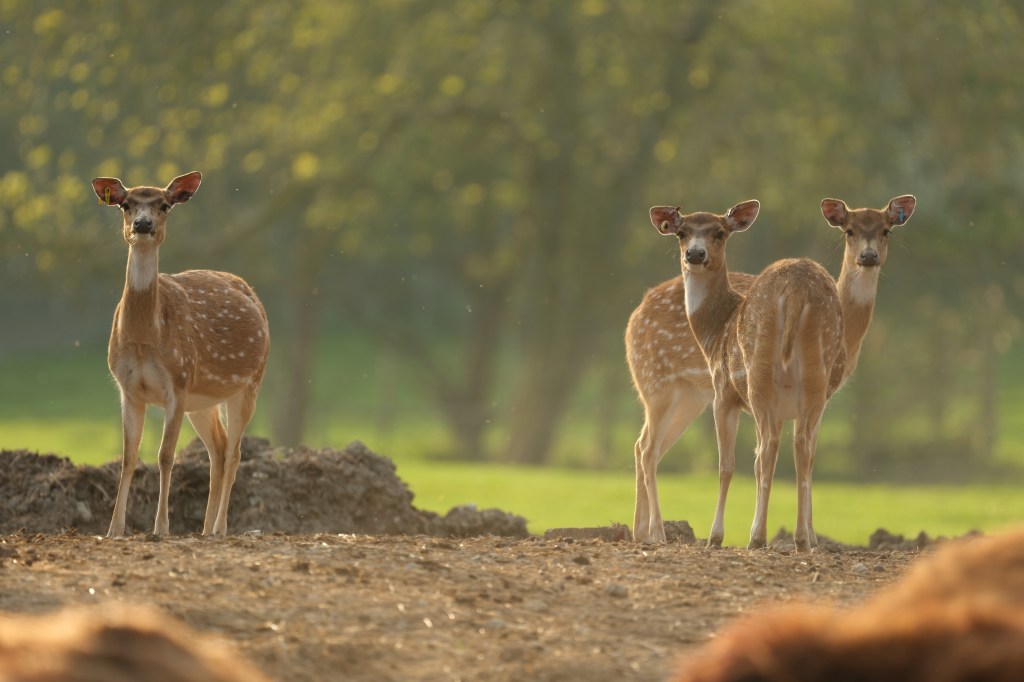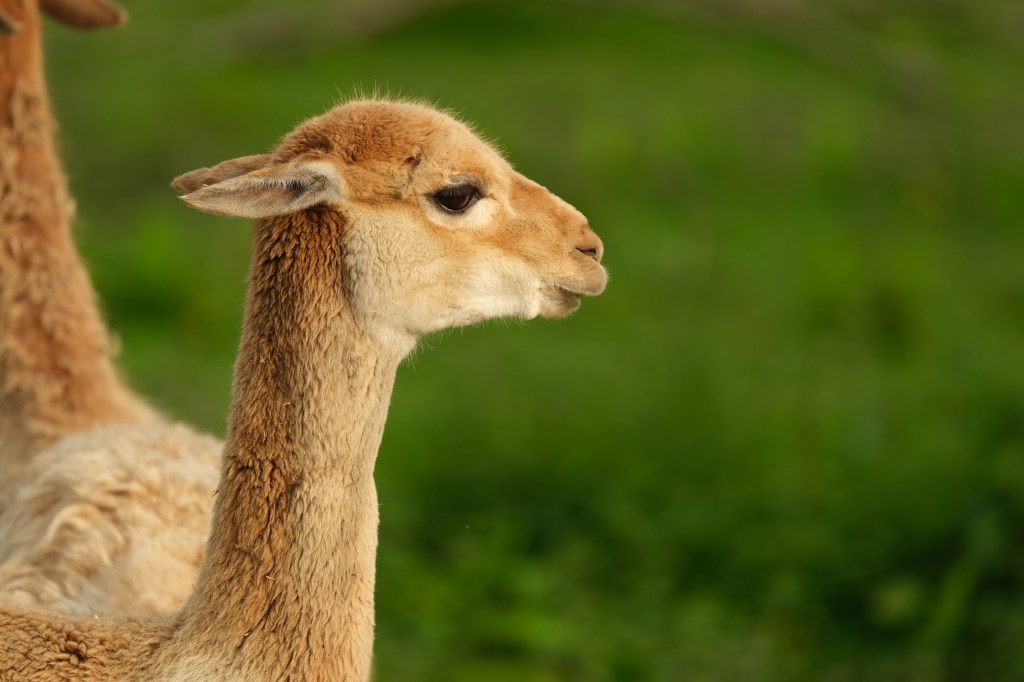Fujifilm’s new 102MP medium-format GFX100S II has been introduced with a new Fujinon 500mm F5.6 lens. This is the longest telephoto lens available for the GFX system, and includes optical image stabilisation (OIS) and weather-resistance. The lens gives a 396mm equivalent in 102MP mode, and can also be used with a 35mm crop mode giving 500mm. Fujifilm say this new lens is ideal for sports photography, wildlife photography, as well as bird photography, so let’s find out!
If you’ve never used Fujifilm’s medium-format GFX cameras before, then the first thing that will strike you about the camera is just how easy it is to use. With a design and user interface much like Fujifilm’s X-series of cameras, the camera can be picked up and used straight away. The same can be said about the new GFX100S II, which is quick and responsive in-use, with relatively quick focus. The in-body image stabilisation makes it possible to use the camera handheld as well.
Fujifilm GFX100S II At a glance:
- 102MP Medium-format CMOS II sensor, 43.8×32.9mm
- 3.2inch 2.36M-dot 3-way tilting touch-screen
- 5.76M-dot electronic viewfinder, 0.84x magnification
- 16-bit HQ raw capture
- In-body image stabilisation, 8 stops
- AI / AF subject detection
- Dual UHS-II SD card slots
- 4K 30p video recording (4:2:2 10-bit)
- 7fps continuous shooting
- 883g weight
I got the chance to take photos with the new GFX100S II, and the new GF 500mm F5.6 R LM OIS WR lens, at Port Lympne Safari Reserve, where the telephoto lens was ideal. The GFX100S II is priced at £4999 body only.
Fujifilm Fujinon GF 500mm F5.6 R LM OIS WR At a glance:
- 500mm F5.6 lens (396mm equivalent)
- 21 elements in 15 groups
- 2 Super ED lenses, and 5 ED lenses
- Optical Image Stabilisation (up to 6 stops)
- 1375g (excluding tripod mount)
The lens is compatible with the GF1.4X Teleconverter, which makes increases the focal length of the lens to 700mm (equivalent to 554mm). The lens is also notable in how little it weighs, at roughly 1.4KG.
Performance and image quality
Click any image to view the full-size originals, although please note that these images are large, with a mix of 102MP and 60MP images.
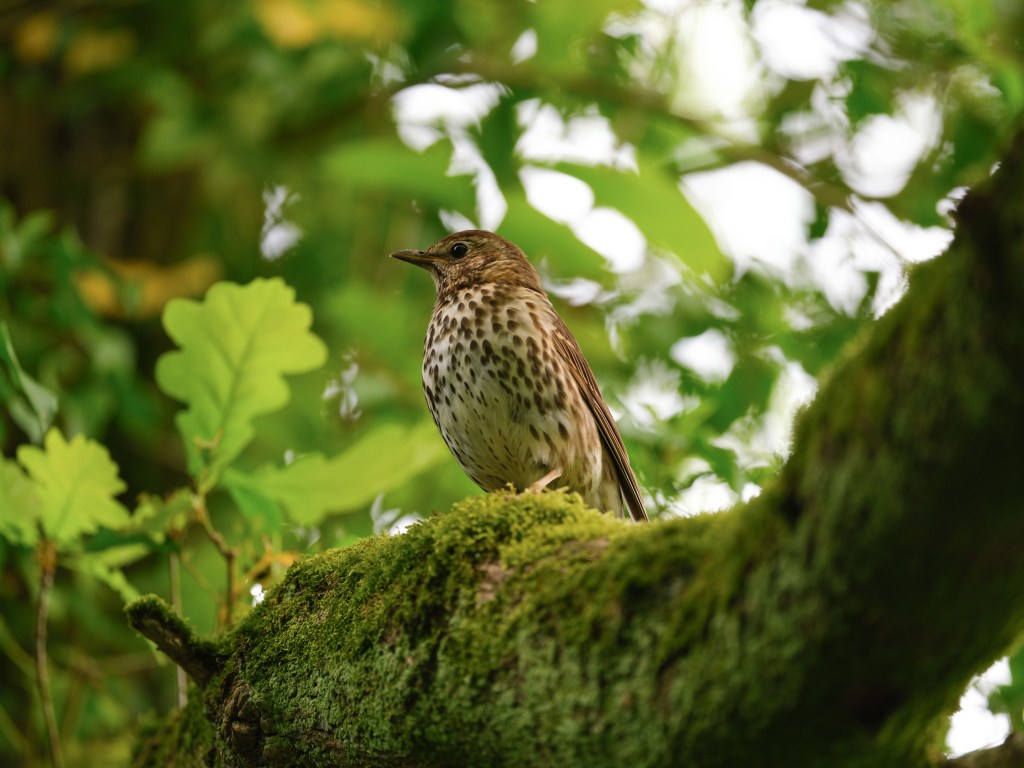
For this shot, I switched Subject Detection Autofocus (AF) to Bird detection AF, and with this shot, the camera correctly focused on the bird’s eye. The level of information captured is extremely impressive, with the lens delivering sharp and crisp detail. If needed, you can crop the image and get even closer, whilst still having a high-resolution image.

After capturing some bird photographs, I switched to Animal Detection AF, and then used this for the rest of my time taking photos with the GFX100S II and 500mm F5.6 lens. For static subject, or animals that were mostly still, this was very successful with the camera and lens combination locking onto the subjects eye time and time again. Things got a little trickier with moving subjects, but more on this later.
This gorilla was some distance away, and I could have cropped in to the image to get a closer photo, but thought the blurred grass in the foreground made for a nice image. All images shown here are JPEG images straight-out-of-camera, or SOOC, as some people say. The only image that I adjusted was of the bird to brighten it a little, and bring up the shadows slightly. For those interested in raw processing, the latest version of Adobe Camera Raw supports .RAF (raw) files from the new camera.
The following images were captured using the 35mm crop (60MP mode): When using the camera with the 35mm crop mode enabled, you get a 500mm view, and thanks to the 102MP sensor, even with the crop you’re able to get 60MP images, in a 3:2 aspect ratio.
I was lucky to be taking photographs during the Golden Hour, just before sunset. This meant animals were bathed in a golden light, with the cloud staying away just long enough. The Zebra(s) were quite active, but there were times when they stayed still, making for some nice shots without having to bump up the shutter speed too much, and helping me keep the ISO speed lower.
These animals were backlit, and this gives them a white outline, helping them stand out in the frame. With the 100MP camera you can also see the small specs of dust and flies (etc) captured in the light, adding to the atmosphere in the image. Animal detection AF worked flawlessly here.
All of these photos were taken handheld, with the camera’s in-body image stabilisation (IBIS) system, and the lens’ optical image stabilisation (OIS) system working extremely well to ensure sharp detailed shots were captured that were free of blur. The new lens is an impressive new addition to the GFX range, and we’ll be publishing a full review of the GFX100S II as soon as possible.
See more photos of wildlife, taken with the new Fujifilm X-T50.

